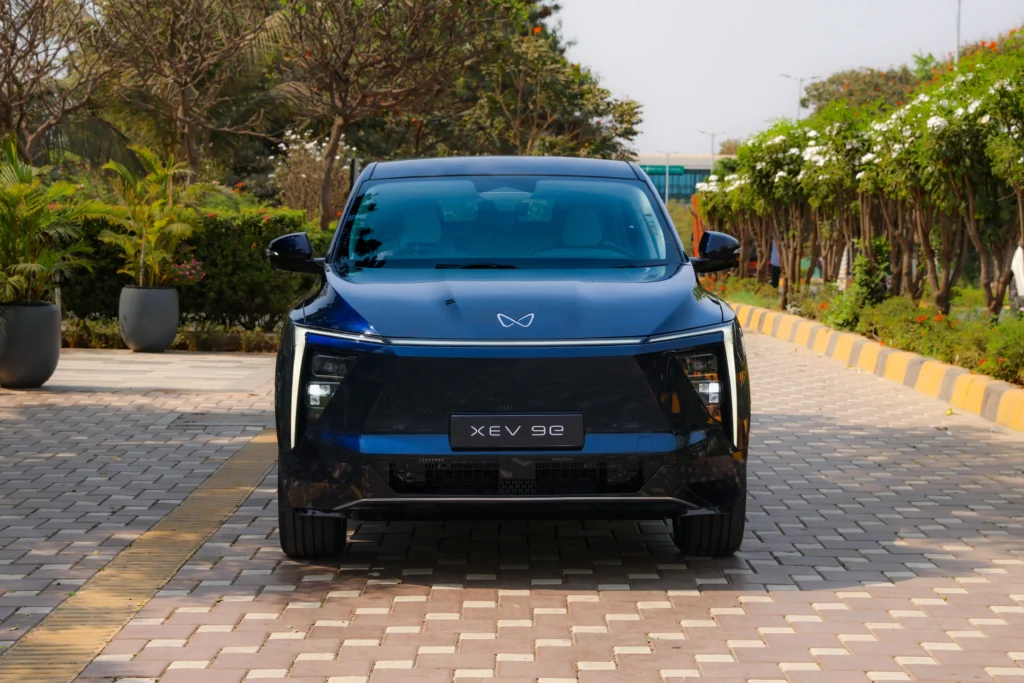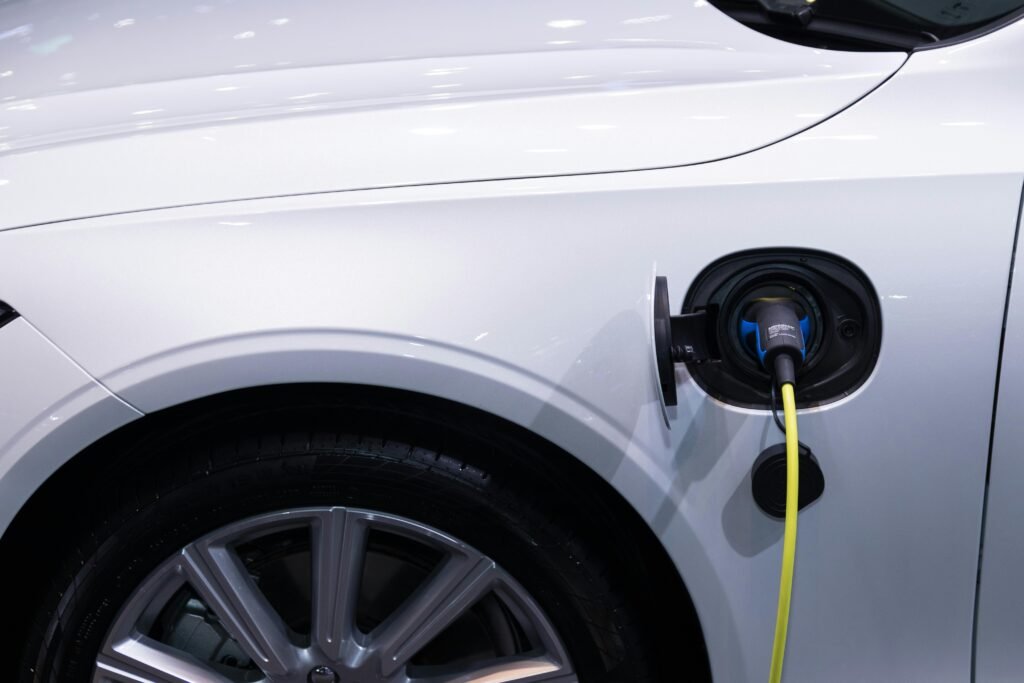As India accelerates toward a greener future, electric vehicles (EVs) are no longer a fringe trend; they’re quickly becoming mainstream. With rising fuel prices, increasing environmental awareness, and supportive government policies, many car buyers in 2025 are asking the same question: Should I switch to an EV?
Why go electric? The answer is becoming increasingly clear. Electric vehicles offer several compelling benefits that make them a smart and future-ready choice. Whether you’re a daily commuter, a first-time car buyer, or someone looking to reduce your carbon footprint, here are seven powerful reasons to consider going electric.

1. Lower Running Costs
One of the biggest advantages of choosing an EV is the significantly lower cost of ownership. In 2025, the average cost of charging an electric car in India is about ₹2 per kilometre, compared to ₹7–9 per kilometre for petrol vehicles.
EVs also require less frequent servicing due to their simple mechanical structure. There are no oil changes, fewer moving parts, and minimal wear-and-tear components. This leads to fewer visits to the service centre and lower maintenance bills. For instance, over a span of 5 years, an EV like the Tata Punch EV can save up to ₹1.2 lakh in fuel and maintenance compared to a similar petrol SUV.
2. Environmentally Friendly
EVs produce zero tailpipe emissions, making them a cleaner option for India’s polluted urban centres. With air quality declining in major metros like Delhi, Mumbai, and Bengaluru, switching to an EV helps contribute to a healthier environment.
Moreover, as India’s energy grid continues to integrate renewable sources like solar and wind, the overall carbon footprint of charging EVs will decrease even further. By 2030, the Indian government aims for 50% of all energy production to come from renewables, making electric mobility even more sustainable.
Recent EV launches such as the Tata Harrier EV, Mahindra BE.6, and MG’s all-new Windsor demonstrate the industry’s strong commitment to sustainable innovation. These models not only deliver on range and performance but also push the envelope in design, safety, and connectivity.
3. Government Incentives and Tax Benefits
The Indian government continues to support EV adoption through attractive incentives. The FAME-II scheme offers upfront purchase subsidies, while many states (like Maharashtra, Delhi, and Gujarat) provide additional perks such as:
- Road tax exemptions
- Reduced registration charges
- Scrappage policy benefits
- Subsidies on home charging infrastructure
Additionally, under Section 80EEB of the Income Tax Act, individuals can claim a tax deduction of up to ₹1.5 lakh on interest paid on EV loans. These incentives significantly reduce the total cost of ownership and make EVs more accessible.
4. Smooth and Silent Driving Experience
Electric vehicles provide a unique driving experience that many owners find addictive. With instant torque delivery, EVs offer quick and smooth acceleration, making city driving more responsive and enjoyable.
In addition, the absence of engine noise contributes to a quiet, refined cabin environment. EVs are ideal for daily commutes, offering a stress-free, fatigue-reducing experience—especially in stop-and-go traffic.
Models like the Tata Harrier EV, MG Windsor and Mahindra XEV 9E are prime examples of how EVs are elevating the comfort and driving dynamics in the Indian automotive market.
5. Reduced Maintenance
EVs are engineered with simplicity in mind. There is no engine oil to change, no timing belts, no clutches, and no exhaust systems to maintain. This results in dramatically lower maintenance requirements.
For example, regular maintenance on an EV typically includes tyre rotations, brake inspections, and occasional software updates. The regenerative braking system also extends brake life by reducing wear and tear. Over the long term, this adds up to significant savings.
6. Convenient Home Charging
One of the best features of owning an EV is the ability to charge it at home. Most EVs can be fully charged overnight using a standard 15-amp socket or a dedicated home charger. Fast chargers can add up to 80% range in less than an hour.
Charging infrastructure is also improving across India. As of early 2025, there are over 12,000 public EV charging stations, with major networks expanding into tier-2 and tier-3 cities. EV manufacturers like Tata, Hyundai, and MG are also offering bundled home charger installations with their vehicles.
7. Future-Proof Investment
Buying an EV in 2025 is a forward-looking decision. As governments globally move to phase out internal combustion engine (ICE) vehicles, EVs are set to dominate the auto landscape.
India has committed to reaching 30% EV penetration in private vehicle sales by 2030. Additionally, EV technology is evolving rapidly, with newer models offering better range, faster charging, and smarter software. OTA (over-the-air) updates allow features to be improved post-purchase, adding longevity and value.
The recent wave of high-profile EV launches from Tata, Mahindra, and MG underscores this transformation. These innovations not only reflect consumer demand but also show that the Indian EV ecosystem is gaining momentum with each new release.
Choosing an EV today ensures you’re investing in a vehicle designed for the future—one that aligns with changing regulations, fuel realities, and consumer expectations.
Conclusion
So, why go electric? Electric vehicles have evolved from being niche options to practical, powerful, and cost-effective alternatives to traditional cars. With rising petrol prices, growing environmental concerns, and improved government support, there’s never been a better time to make the switch.
Whether it’s about saving money, embracing cutting-edge technology, or making a sustainable choice, the benefits of EVs are real and impactful. For Indian car buyers in 2025, going electric isn’t just a trend—it’s a smart lifestyle upgrade.
FAQs – Electric Vehicles in India
1. Are EVs really cheaper in the long run in India?
Yes. Lower fuel costs and reduced maintenance make EVs significantly cheaper over time compared to petrol or diesel cars.
2. How long does it take to charge an EV at home?
Using a standard AC charger, most EVs take 8–10 hours to fully charge. Fast chargers can reduce this to under an hour for 80% charge.
3. What is the average battery life of an EV?
Modern EV batteries last 7–10 years or 1.5 lakh+ km. Most manufacturers offer battery warranties up to 8 years.
4. Are there enough charging stations in India?
Yes. With over 12,000 public chargers as of 2025 and growing networks in metros and highways, range anxiety is rapidly reducing.
5. Which is the best EV car for beginners in India?
Popular beginner-friendly models include the Tata Tiago EV, MG Comet EV, and Citroën ëC3—affordable, compact, and easy to drive.

